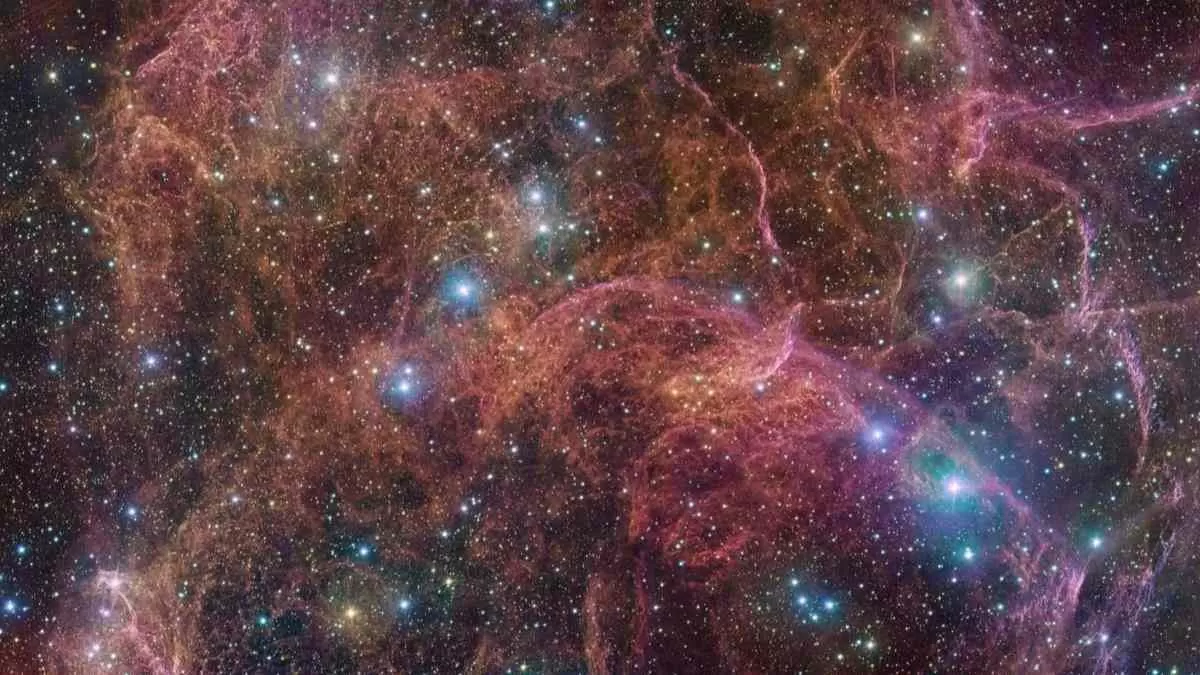The Birth and Death of Stars: A Journey Through Stellar Evolution
Stars are the dazzling jewels of the night sky, captivating us with their beauty and mystery. But did you know that these celestial lights are far from static? Stars live incredible lives—from their fiery beginnings to their dramatic endings. Understanding the life cycle of stars helps us appreciate their role in shaping the universe and even our own existence. Let’s dive into the fascinating journey of stellar evolution—the birth, life, and death of stars.
How Are Stars Born?
The story of a star begins in vast clouds of gas and dust called nebulae. These stellar nurseries, like the famous Orion Nebula, are cradles for new stars. But how exactly does a star emerge from this chaos?
The Role of Gravity: Over time, gravity pulls together gas and dust particles in the nebula. As the material compresses, the core becomes denser and hotter, forming a region called a protostar.
Nuclear Fusion Ignites: When the temperature in the protostar’s core reaches about 10 million degrees Celsius, hydrogen atoms begin to fuse into helium. This process, known as nuclear fusion, releases immense energy and marks the birth of a star.
Stability Achieved: Once nuclear fusion begins, the outward pressure from the energy balances the inward pull of gravity, stabilizing the star. At this stage, the protostar becomes a fully-fledged star.
The Life of a Star: A Balancing Act
A star’s life span depends on its mass, which influences its brightness, temperature, and longevity. Stars fall into categories like low-mass stars, medium-mass stars (like our Sun), and high-mass stars. Each type has a unique journey.
1. Low-Mass Stars: The Slow Burners
Examples: Red dwarfs
Characteristics: These cooler, dimmer stars burn their hydrogen fuel slowly, allowing them to live for billions—or even trillions—of years.
Life Span: Low-mass stars gradually cool and fade over time, eventually becoming faint white dwarfs.
2. Medium-Mass Stars: The Sun’s Path
Examples: Stars like our Sun
Characteristics: Medium-mass stars burn their fuel in about 10 billion years, with a more dynamic life cycle.
Life Cycle:
Once hydrogen in the core is depleted, the core contracts, and the outer layers expand, turning the star into a red giant.
Eventually, the outer layers are shed, creating a stunning planetary nebula, while the core becomes a dense white dwarf.
3. High-Mass Stars: The Cosmic Titans
Examples: Betelgeuse
Characteristics: These massive stars are incredibly bright and hot but burn through their fuel quickly, often within a few million years.
Life Cycle:
High-mass stars expand into supergiants as they exhaust their hydrogen and begin fusing heavier elements like helium, carbon, and iron.
Once the core forms iron, fusion halts, leading to a catastrophic collapse.
The Death of Stars: A Cosmic Finale
The death of a star varies depending on its mass. Whether it fades quietly or goes out with a bang, a star’s death leaves an indelible mark on the universe.
1. Low-Mass Stars: Quietly Fading
After shedding their outer layers, low-mass stars become white dwarfs—incredibly dense remnants about the size of Earth but with the mass of the Sun.
Over billions of years, they cool and fade into black dwarfs, cold and inert.
2. Medium-Mass Stars: Cosmic Artists
Medium-mass stars also end as white dwarfs, but they leave behind breathtaking planetary nebulae. Famous examples include the Ring Nebula and the Helix Nebula.
3. High-Mass Stars: Explosive Endings
High-mass stars explode in spectacular supernovas, some of the universe’s most energetic events.
After the Explosion:
If the core is between 1.4 and 3 times the Sun’s mass, it becomes a neutron star, an incredibly dense object.
If the core is even more massive, it collapses into a black hole, where gravity is so strong that not even light can escape.
Why Are Stars Important for the Universe?
Stars do much more than light up the night sky—they are vital to the cosmic ecosystem:
Element Creation: Stars forge the elements that make up everything around us. From carbon and oxygen to gold and uranium, these elements are formed through stellar nucleosynthesis.
Galactic Evolution: Stars influence the structure and evolution of galaxies by shaping the distribution of gas and dust, triggering new star formation.
Life Enablers: Stars like our Sun provide the energy necessary for life on planets like Earth. Even the atoms in our bodies were created in the hearts of stars.
The Future of Stellar Evolution
Stars continue to shape the universe in fascinating ways. As we gaze at the night sky, we’re witnessing snapshots of cosmic history. Some of the stars we see may have already died, their light traveling for millions of years to reach us.
Understanding stellar evolution also has practical implications. Studying stars helps astronomers uncover the history of galaxies, the potential for habitable planets, and the ultimate fate of the universe.
Final Thoughts: The Cosmic Dance of Stars
The birth and death of stars are among the most awe-inspiring processes in the universe. From their humble beginnings in nebulae to their dramatic endings as supernovas or quiet fades as white dwarfs, stars tell the story of cosmic life and death. They are the architects of the elements, the creators of planets, and the storytellers of the universe’s history.
As we continue exploring the cosmos, stars remind us of the interconnectedness of all things. The atoms in our bodies were forged in the hearts of ancient stars that lived and died billions of years ago. In a very real sense, we are made of stardust, connected to the universe in ways both profound and humbling. And that connection—that cosmic dance—is what makes the story of stars truly magical.

